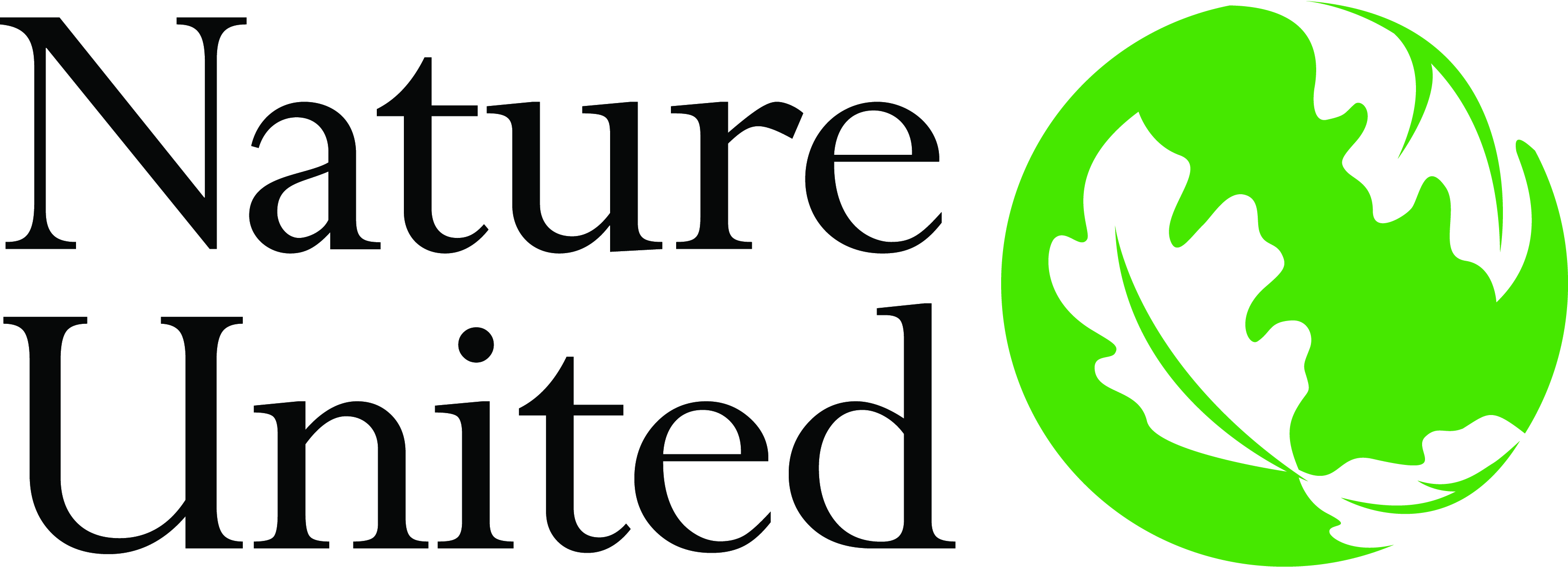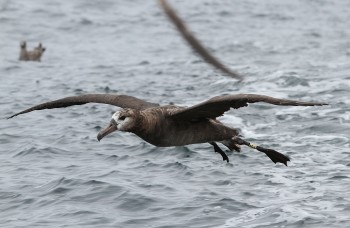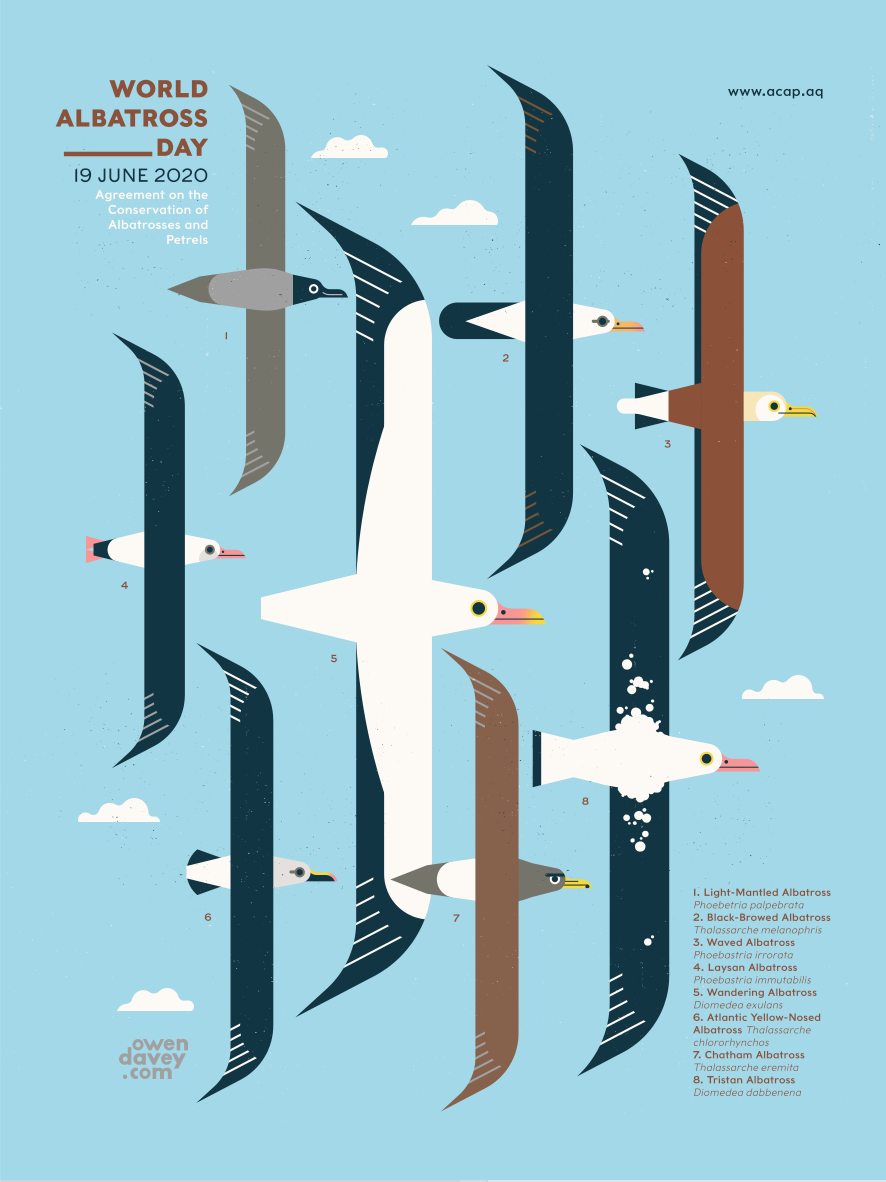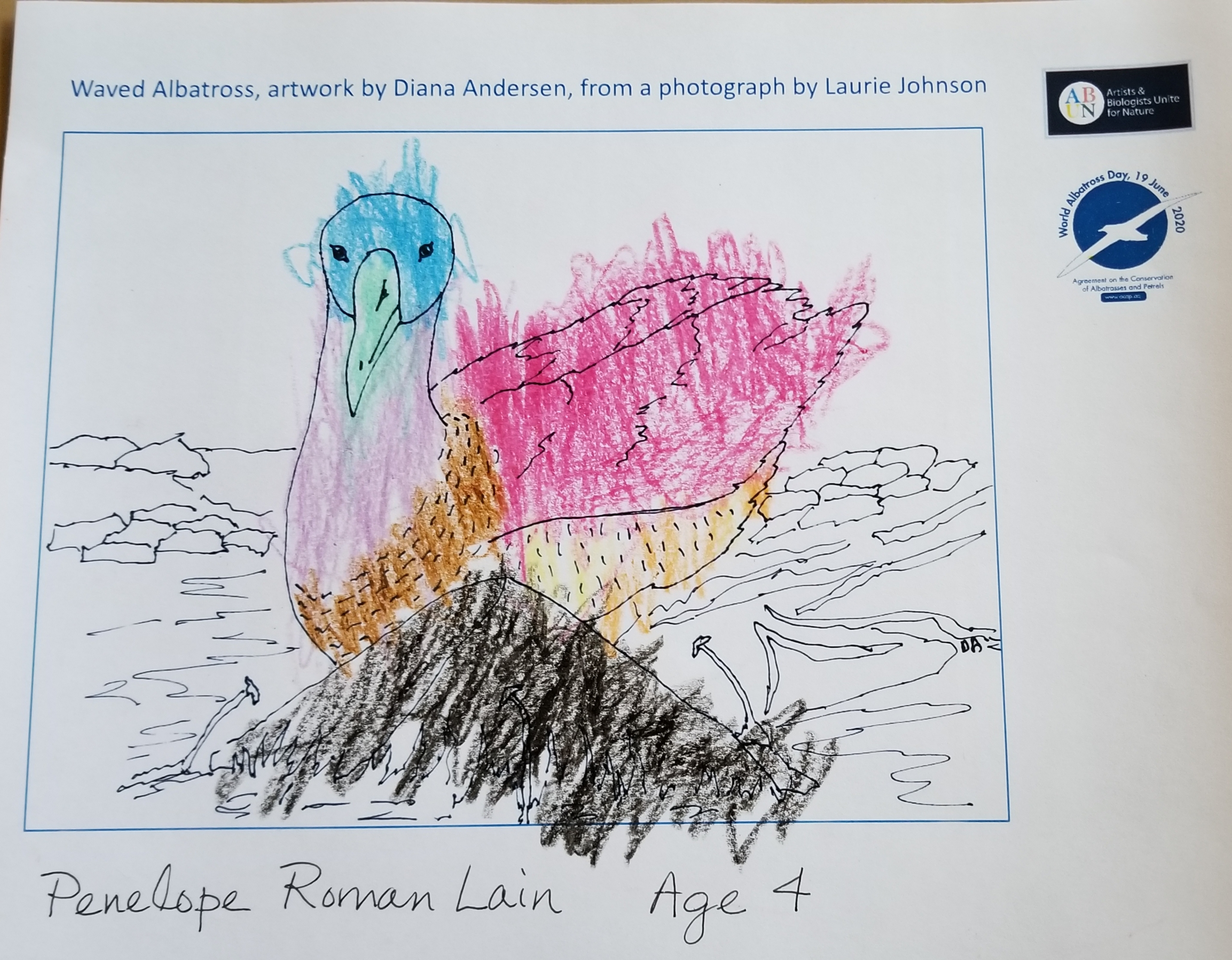
Nature United is the Canadian affiliate of The Nature Conservancy, a global conservation organization working in 74 countries. The NGO works to “unite partners in governments, industries, non-profits and communities to define new pathways towards a sustainable future. We invest in people to drive change at the scale and pace we need to address the greatest challenges we face. The Nature Conservancy is dedicated to conserving the oceans, lands and waters on which all life depends. Guided by science, we create innovative, on-the-ground solutions to our world's toughest challenges so that nature and people can thrive together. We are tackling climate change, conserving lands, waters and oceans at an unprecedented scale and providing food and water sustainably."
Joanna Smith
Joanna Smith, Nature United’s Director, Ocean Planning and Mapping on the Protect Oceans, Lands and Waters team writes to ACAP Latest News: “I still remember the first day I saw a Black-footed Albatross off the west coast of Vancouver Island, Canada. This huge bird emerged from dense fog on a calm day, wings nearly touching the ocean’s surface. World Albatross Day is a very important way to raise awareness for these long-lived species across the world’s oceans.”
A colour-banded Black-footed Albatross Phoebastria nigripes at sea, photograph by Vicki Miller
With thanks to Joanna Smith, Director, Ocean Planning and Mapping, Nature United, Canada
John Cooper, ACAP Information Officer, 17 June 2020

 English
English  Français
Français  Español
Español 


 Owen Davey
Owen Davey







